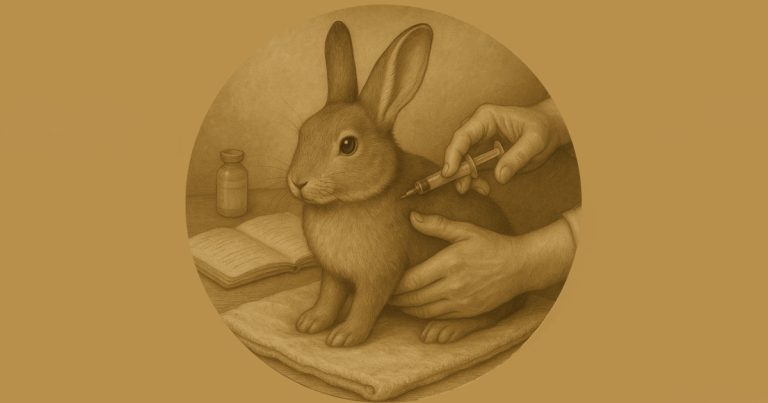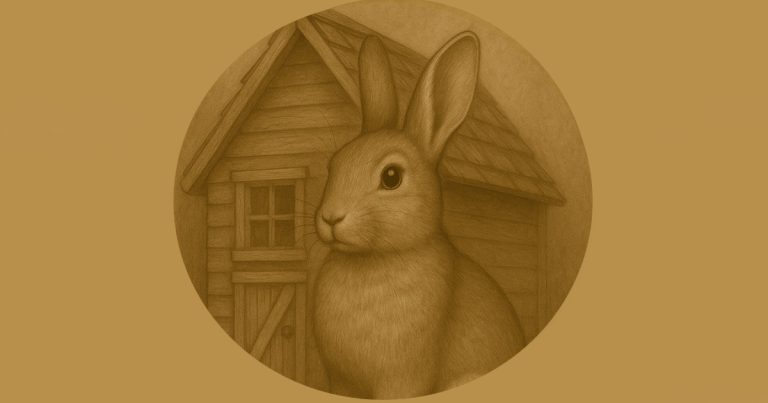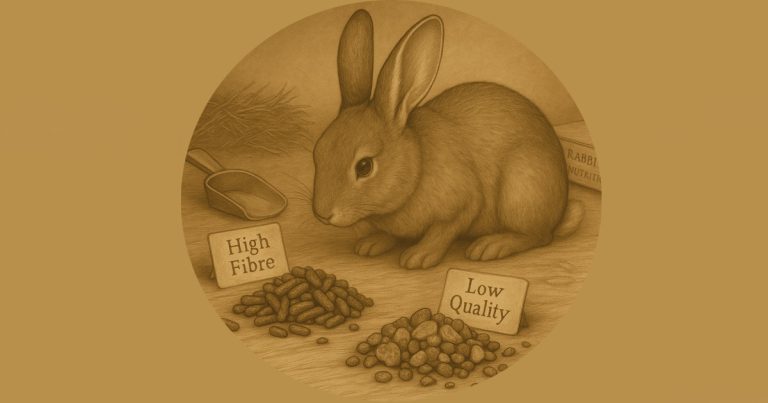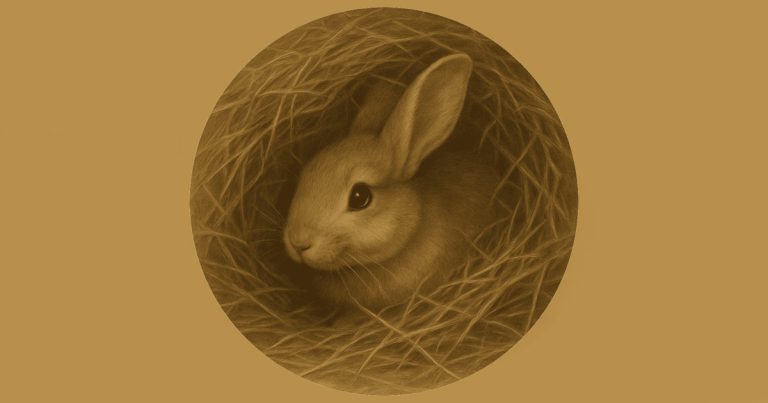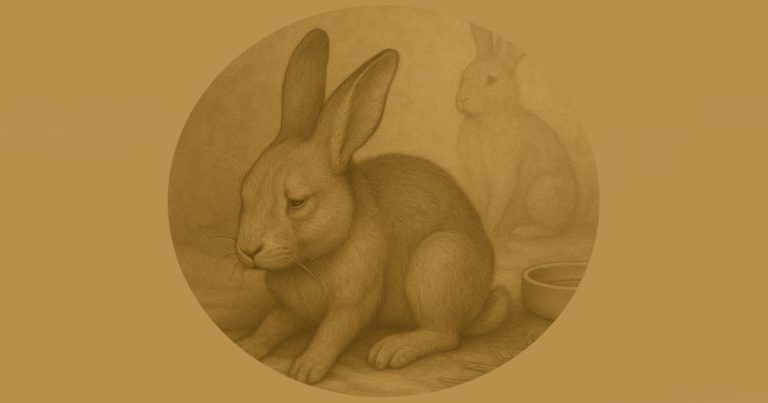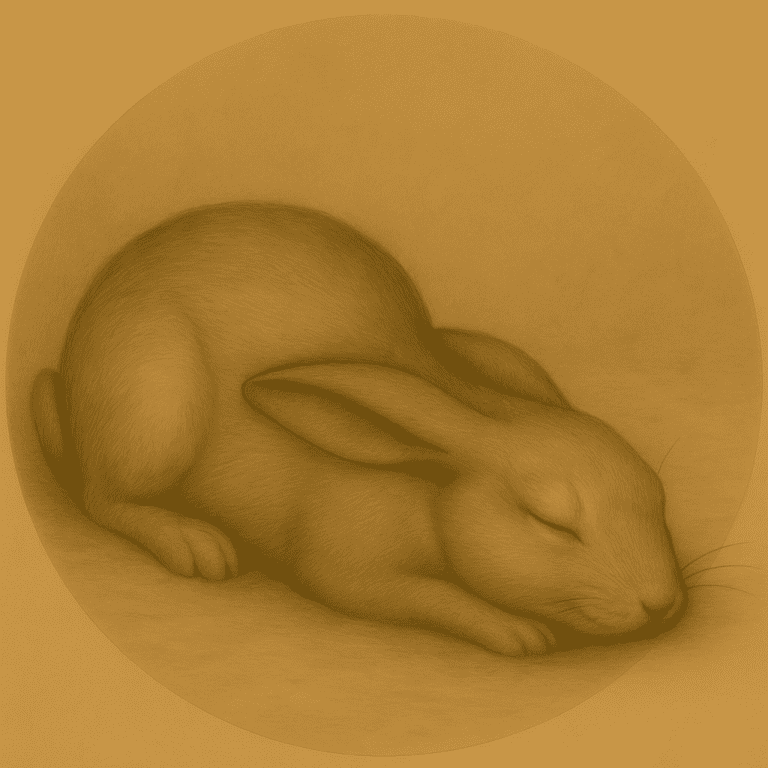Rabbit Health Checks
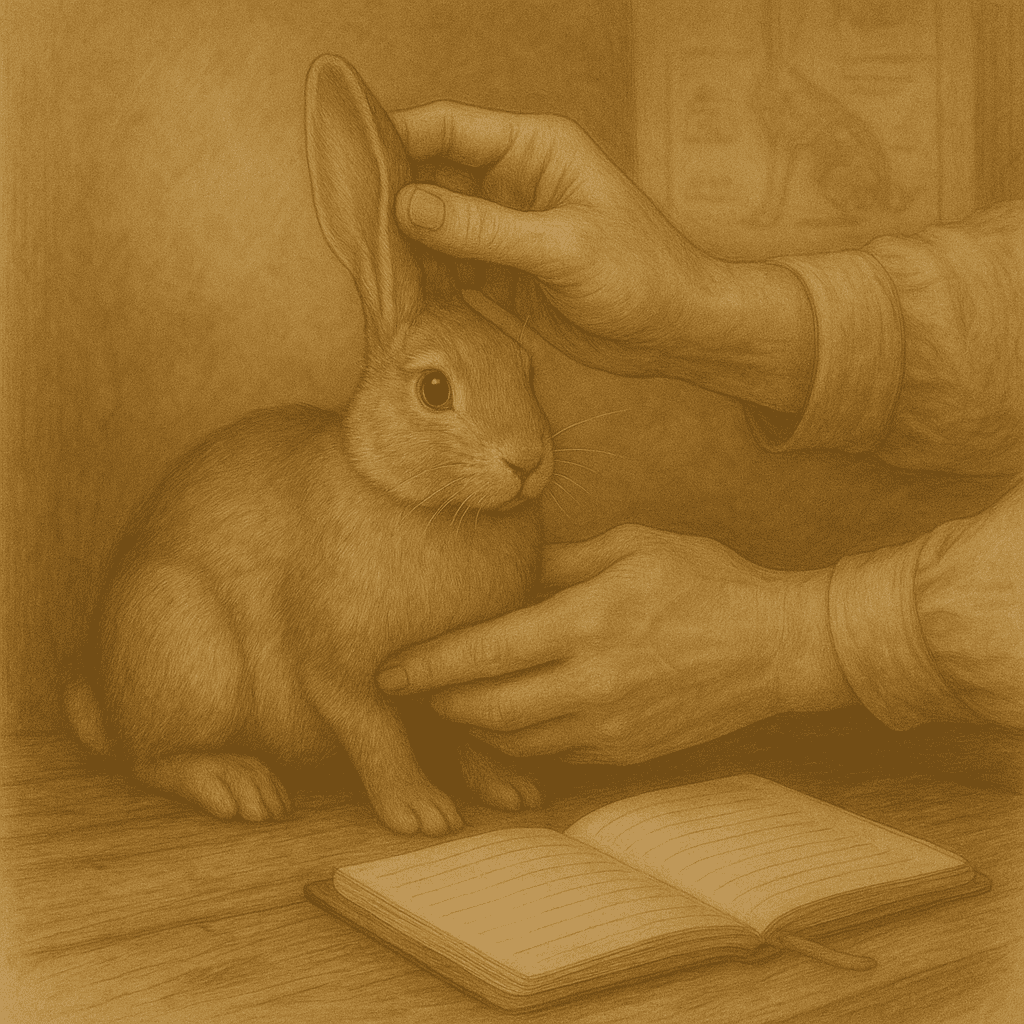
Rabbit Health Checks at Redbeck: A System that Saves Lives
Rabbit Health Checks, At Redbeck, we believe that true rabbit care goes far beyond food, shelter, and good intentions.
It requires vigilance, structure, and a deep understanding of how subtle changes in a rabbit’s health can signal serious underlying problems.
We carry out a structured health check:
- Whenever a rabbit arrives at Redbeck.
- Immediately if a rabbit shows any signs of illness, discomfort, or unusual behaviour.
This process takes around ten minutes per rabbit — but it often reveals crucial early signs of disease, injury, or nutritional imbalances long before they become obvious.
The system we have built is simple, thorough, and repeatable.
It is not designed to replace veterinary care — it is designed to complement it.
In fact, many of the steps we carry out are exactly what a proper veterinary health check should include.
This article is intended as an educational guide for rabbit owners — to show not only what we do, but what you should expect from any serious health examination.
Early action saves lives.
And good care begins with understanding what to look for.
1. Weight Monitoring
At Redbeck, rabbits are weighed regularly, especially if they are recovering from illness or are under medication.
Subsequent weigh-ins are carried out if there is any observed sign of illness, discomfort, or deterioration in condition.
Why weight matters:
- Sudden weight loss can indicate dental disease, gut stasis, internal organ problems, or systemic infection.
- Gradual weight loss may reveal chronic issues that would otherwise remain hidden until advanced.
- Unexplained weight gain can suggest reduced mobility, obesity-related risks, or metabolic disease.
We maintain detailed weight records and individual graphs for each rabbit showing any cause for concern.
Tracking these changes allows us to identify emerging health issues before they become critical.
Clinical significance:
- A weight loss of more than 10–15% is a serious warning sign and must be investigated promptly.
- A weight loss approaching or exceeding one third (30–33%) of the rabbit’s body weight is often life-threatening.
- Such severe loss is associated with hepatic lipidosis (fatty liver syndrome), organ failure, and a high risk of death if not urgently treated.
Even small, gradual shifts in weight should never be ignored.
In rabbits, weight change is often the first and only outward sign that something is seriously wrong.
2. Ear Inspection
The ears are checked carefully on arrival, during health assessments, and any time a rabbit shows signs of discomfort or irritation.
What we look for:
- Cuts, scratches, or abrasions, which can indicate irritation, infection, or parasitic activity.
- Dirty or inflamed ear canals, which may suggest mite infestations, bacterial infections, or early signs of systemic disease.
- Lumps or thickening inside the ear, which can be a warning sign of viral infections, including forms of myxomatosis that present as tumour-like growths.
If any debris, inflammation, or discharge is found, the ears are gently cleaned, and appropriate treatment is started immediately.
Clinical significance:
- The ears are not just sensory organs — they are also vital for temperature regulation.
- Rabbits control body heat by altering blood flow through the large vessels in the ears, often visible as changes in ear colour and warmth.
- Parasites such as fleas and mites may trigger ear irritation, scratching, and secondary infections even when the parasites themselves are not directly visible in the ear.
- Fleas, in particular, often remain hidden deep in the dense undercoat, but their bites may cause visible signs in the thinner, more sensitive skin of the ear.
Sudden changes in ear appearance — redness, crusting, heat, or scratching — should always prompt a full-body parasite check, even if no insects are immediately obvious.
In rabbits, the ears are an early warning system —
for parasites, for infection, for systemic illness, and for environmental stress.
3. Eye Inspection
The eyes are carefully inspected on arrival, during any health assessments, and immediately if any signs of discharge, redness, or discomfort are observed.
What we look for:
- Redness or irritation of the conjunctiva (the tissues around the eye).
- Watery discharge or signs of chronic tearing, which may indicate blocked tear ducts, dental root overgrowth, or early infection.
- Mucous or pus in the eye, which can signal bacterial conjunctivitis or systemic infection.
- “Sleep” or crust formation at the corners of the eye — normal in small amounts, but concerning if excessive, discoloured, or persistent.
- Scratches or cloudiness on the cornea, often from dust, hay particles, or injury.
- Swelling or bulging of the eye (exophthalmos), which can indicate abscesses, trauma, or even retrobulbar tumours.
If minor issues are detected (such as mild irritation or dust contamination), the eye is gently bathed with sterile saline, and a veterinary ophthalmic ointment is applied as required.
More serious signs prompt immediate veterinary intervention.
Clinical significance:
- Eye problems in rabbits are often secondary to other conditions, such as dental disease (overgrown molar roots pressing into the tear ducts or eye orbit) or upper respiratory infections.
- Blocked nasolacrimal ducts (tear ducts) are common in rabbits and can cause persistent weeping or infection if not treated.
- Rabbits with chronically weeping or irritated eyes often need full dental and skull imaging to find the true underlying cause.
In rabbits, the eyes are not isolated organs.
They are windows into deeper systemic health —
and careful inspection can often reveal problems far beyond the surface.
4. Teeth and Jawline Examination
At Redbeck, every rabbit undergoes an external jaw and dental check on arrival, and whenever weight loss, drooling, or feeding changes are observed.
What we assess:
- External palpation of the jawline, feeling carefully for any irregularities, swellings, or asymmetries, particularly along the lower mandible.
- Incisor inspection — by gently lifting the lips, we check:
- Alignment and evenness (looking for early malocclusion)
- Colour and condition of the gums (pale, inflamed, or tacky gums may signal systemic issues)
- Surface staining or plaque, offering clues about diet and chewing habits.
- Gum line examination, observing for:
- Redness, ulceration, or swelling
- White spots or lesions
- Evidence of trauma from maloccluded or damaged teeth.
We often refer to this part of the check as “Give us a smile” —
but the information gained is anything but casual.
Clinical significance:
- A simple visual check can reveal early dental misalignments that, if untreated, will progress to serious molar issues.
- Gum colour and moisture levels provide valuable clues about hydration, systemic health, and infection risks.
- Jawline palpation detects deeper problems that are not visible externally, such as abscesses, dental root elongation, or mandibular bone infections.
If any abnormalities are found, the rabbit is referred for a full intraoral examination, usually under sedation, to prevent pain and stress.
In rabbits, a quick glimpse at the mouth —
handled gently and knowledgeably — can reveal more about overall health than many owners or even vets realise.
5. Nose and Respiratory Inspection
At Redbeck, we routinely check the nose and breathing patterns of every rabbit, particularly on arrival and whenever there are signs of stress, discharge, or respiratory noise.
What we assess:
- Nasal discharge:
- Moisture, crusting, or staining around the nostrils.
- Inner forepaws:
- Dampness, matting, or crusts — rabbits instinctively wipe nasal discharge with their paws, making this an early warning sign.
- Breathing sounds:
- Audible wheezing, rasping, or nasal clicking sounds are abnormal.
- Sneezing:
- Any sneezing episodes are noted carefully — frequency, wetness, and sound.
At Redbeck, a rabbit sneeze is never ignored.
Even in lighter moments, we say “Bless you” —
but this simple habit always triggers clinical observation.
Breathing is monitored closely, nasal condition is rechecked, and hygiene protocols are tightened immediately if there is any suspicion of developing illness.
Clinical significance:
- Mild respiratory signs can worsen rapidly under stressful conditions, such as boarding or transport.
- “Snuffles” (upper respiratory infection) is often linked to Pasteurella multocida, but may involve other bacteria.
- A rabbit that sneezes occasionally may escalate within hours into serious respiratory distress if not carefully monitored.
Clean noses, dry forepaws, and smooth, quiet breathing are non-negotiable signs of a healthy rabbit.
Any deviation — however small — deserves attention and action.
6. Coat and Body Condition Assessment
Beyond external parasites and skin lesions, the overall quality of a rabbit’s coat and body condition provides valuable insight into their health, nutrition, and welfare status.
What we assess:
- Coat quality:
- Smoothness, density, shine, and cleanliness.
- Signs of shedding or poor grooming:
- Patchy shedding or persistent loose hair may indicate underlying health issues, pain, or dental disease.
- Presence of mats or knots:
- Especially around the hindquarters, dewlap, armpits, and between the hind legs.
- Body condition scoring (BCS):
- Hands are used to gently assess fat and muscle distribution along the spine, ribs, and pelvis.
- Looking for signs of emaciation, muscle wasting, or obesity.
Clinical significance:
- A poor-quality coat can reflect systemic illness, chronic stress, poor diet, or parasitic burden.
- Matted fur around the rear end often indicates reduced mobility, dental pain (preventing grooming), or obesity.
- Underweight rabbits may show prominent spine and pelvis bones, while overweight rabbits may have fat pads that restrict normal movement and grooming — both conditions carry significant health risks.
At Redbeck, coat inspection is not cosmetic.
It is an essential health check — revealing subtle clues about a rabbit’s internal health long before dramatic symptoms appear.
7. Nail and Dewclaw Inspection
At Redbeck, we routinely inspect the nails and dewclaws of every rabbit on arrival, and whenever grooming, handling, or health checks are undertaken.
What we assess:
- Nail length and condition:
- Overgrown nails can cause difficulty moving, snagging injuries, and abnormal foot posture.
- Cracked or broken nails may be painful and increase infection risk.
- Dewclaws:
- The dewclaw (the small nail on the inside of the front feet) is often overlooked — but overgrowth here can lead to deep scratches on the face, eyes, and ears.
- Nail trimming technique:
- We use straight-edge cutters, which offer better precision and control than the curved “guillotine” style.
- Nails are trimmed carefully at an angle to avoid crushing the quick or splintering the nail.
- Foot and pad inspection:
- While trimming, we check the footpads and hocks for:
- Early signs of hair loss
- Redness
- Swelling or pressure marks
- More detailed hock inspections are conducted separately, especially in rabbits at higher risk.
- While trimming, we check the footpads and hocks for:
Clinical significance:
- Overgrown nails change how a rabbit bears weight, potentially leading to foot and joint injuries.
- Dewclaw injuries can easily cause severe eye damage if left unchecked.
- Early foot and hock monitoring allows preventative action before serious conditions like sore hocks (pododermatitis) develop.
At Redbeck, nail care is not cosmetic.
It is essential for safe movement, grooming, and long-term skeletal and foot health. grooming, and overall welfare.
8. Leg Inspection
At Redbeck, we routinely inspect the legs, and hindquarters to ensure there is no irritation, injury, or discomfort, especially in long-term residents or rabbits newly introduced to our care.
What we assess:
- We palpate the legs to check for any signs of swelling, tenderness, or lameness.
- Matting around the hindquarters, dewlap, or feet is carefully combed out to prevent pressure sores and to allow for free movement.
- Leg Inspection:
Clinical significance:
- Matting in the fur around the legs and feet can lead to pressure sores and restrict mobility, so regular grooming is essential.
Routine checks for proper ring placement, leg function, and grooming maintenance are crucial in maintaining the rabbit’s comfort and health.
9. Vent Inspection and Genital Health
At Redbeck, we conduct a thorough inspection of the vent (anal scent glands) and genital areas to ensure cleanliness and identify any signs of irritation, infection, or abnormalities, particularly in these sensitive areas.
What we assess:
- Vent Inspection (Anal Scent Glands):
- We check the vent area (anal scent glands) for impaction, soreness, or swelling.
- The vent is a fold of skin that can be gently opened by hand. We use minimal intervention
- Impacted vents can lead to discomfort, pain, and infection if not addressed.
- Swelling or soreness in the vent area should be monitored closely, as it may indicate an early stage of infection or blockage that requires veterinary attention.
- Genitals:
- We check for inflammation, discharge, or any signs of infection.
- Female rabbits are checked for signs of urinary tract infections (UTIs) or vaginal discharge.
- Male rabbits are checked for penile irritation or redness.
- Excess Hair Removal:
- We remove any matted hair around the vent and genital area to prevent discomfort, ensure hygiene, and reduce the risk of skin irritation or infection.
Clinical significance:
- Impacted vents (anal scent glands) can cause pain, swelling, and infection. If left untreated, they can lead to more serious complications like abscesses or chronic infection.
- Urinary issues in rabbits can be exacerbated by pain or discomfort in the vent area, potentially leading to urinary retention.
- Excess hair around the vent and genital area can trap moisture, leading to skin irritation, urine scalding, and bacterial infections.
Regular vent and genital checks are essential to maintain optimal hygiene and prevent complications that can affect overall health.a rabbit’s hygiene and preventing more serious conditions that can develop if not addressed.
10. Hindquarters and Belly Inspection
At Redbeck, we perform a careful inspection of the hindquarters and belly to check for any signs of irritation, skin issues, or underlying health problems that may not be immediately visible.
What we assess:
- Skin condition:
- We check for signs of irritation, redness, rashes, or sores in the hindquarters and belly area, particularly where the rabbit may sit for prolonged periods.
- Mite infestations:
- We look for scabs, hair loss, or dry skin that could indicate a mite problem.
- Cheyletiella mites, commonly known as “walking dandruff,” can cause irritation in these areas and may not be immediately visible in the coat.
- Lactating females:
- We closely examine the nipples of lactating females for any signs of irritation, inflammation, or infection, which could lead to mastitis or other complications.
- Abdominal palpation:
- Gently palpating the belly allows us to feel for abnormal masses, bloating, or gas buildup, which could indicate gastrointestinal stasis, bloat, or abdominal abscesses.
Clinical significance:
- The hindquarters and belly are prone to pressure sores, particularly in overweight rabbits or those with limited mobility.
- Mite infestations (often missed until advanced) can lead to severe discomfort if untreated, affecting the skin and fur.
- Lactating females can experience breast tissue infections (mastitis), and early intervention is essential for recovery.
- Palpation of the belly allows for early detection of gastrointestinal issues or internal abscesses, which can become life-threatening if not addressed quickly.
Regular checks in this area are key to maintaining overall comfort and health for rabbits in our care.
Closing Thoughts on Proactive Care at Redbeck
At Redbeck, we believe that prevention is better than cure — and this principle guides every aspect of our rabbit care. The comprehensive health checks we perform are a proactive measure to ensure that every rabbit in our care stays healthy and comfortable, long before any symptoms of illness arise.
Our regular inspections aren’t just about ticking boxes — they are a reflection of our deep understanding that early intervention makes all the difference. From inspecting the vent area for impaction, to checking the teeth, ears, and coat, we aim to spot potential health issues before they escalate into something serious. By being attentive to the smallest detail, we can maintain the rabbit’s health, comfort, and well-being through simple yet effective checks.
This proactive approach is at the heart of our Redbeck philosophy. We don’t wait for our rabbits to show obvious signs of illness; we take steps every day to ensure that they remain happy, healthy, and well cared for. Preventative care is the foundation of the trust that our clients place in us — knowing that their rabbits are being looked after by professionals who understand that an ounce of prevention is worth a pound of remedy.
By prioritising regular health checks, we can keep things running smoothly, reducing the likelihood of serious issues, and ensuring that every rabbit in our care enjoys a long, healthy life.
References:
- McIntyre, S. K. F., & Adams, T. R. (2007). Rabbit Medicine and Surgery.
- McBride, A. (2011). The Veterinary Guide to Rabbit Health.
- Harkness, J. E., & Wagner, J. E. (2010). The Biology and Medicine of Rabbits and Rodents.
- MacIntire, D. K., & Bianco, D. (2017). “Gastrointestinal Stasis in Rabbits: A Review of Causes, Diagnosis, and Treatment.” Journal of Exotic Pet Medicine, 26(4), 293-300.
- Rabbit Welfare Association & Fund (RWAF). (n.d.). Rabbit Care Advice. Retrieved from www.rabbitwelfare.co.uk
- House Rabbit Society. (n.d.). Rabbit Health and Care. Retrieved from www.rabbit.org
- McKinnon, M. D. (n.d.). Rabbit Health Blog. Retrieved from www.rabbithealth.com
- Royal Society for the Prevention of Cruelty to Animals (RSPCA). (n.d.). Rabbit Care Guide. Retrieved from www.rspca.org.uk
- British Veterinary Association (BVA). (n.d.). Rabbit Health Care Guidelines. Retrieved from www.bva.co.uk
- Encyclopedia of Animal Science.
Copyright © Redbeck Rabbit Boarding. This article is free to share with credit. No part may be copied, edited, or republished without permission.

